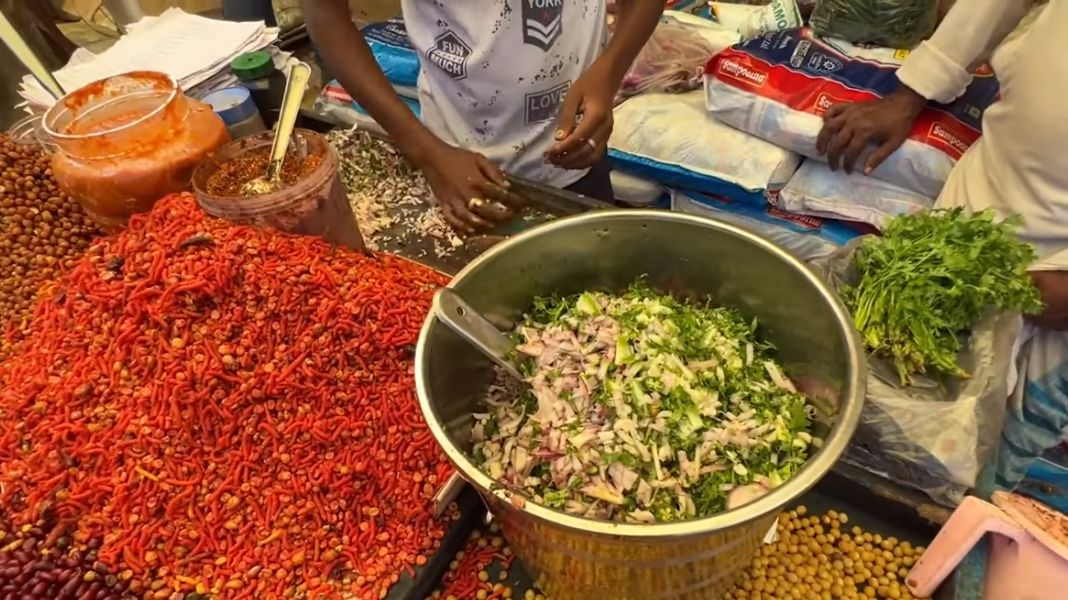It must be said that India is a country with a very rich, diverse street food cuisine, and for many Vietnamese people, it sparks controversy. This controversy is related to issues of food safety and hygiene, food preparation methods, and the types of spices used in the food. Many conflicting comments appear on social media platforms, but did you know that thanks to its spices, India has become a superpower, and it is also thanks to Indian spices that Europeans even discovered and explored a whole new continent.
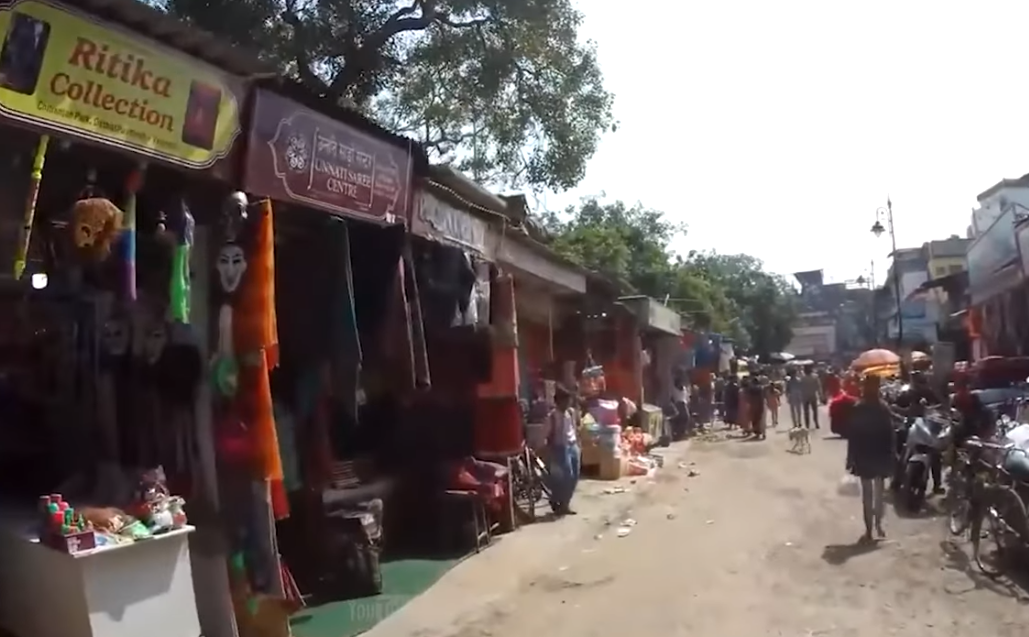
Cuisine in every country in the world truly has its own unique characteristics, not to be confused with anywhere else. Among them, Indian cuisine has its own special flavor, in addition to the habit of eating directly with hands, videos and clips of Indian street food posted on social media always become a focal point of debate among Vietnamese netizens, and most comments are more critical than complimentary. Especially concerns about food hygiene issues, and today we will discuss stories related to Indian cuisine. Are Indian dishes really as unhygienic as claimed, and how has India become a spice superpower.
The name India used for Native Americans
First, it must be affirmed that in the search for the spice route, Europeans wanted to find a way to India by sea, and this helped them discover America. It can be said that spices from India also changed the world map, before Columbus discovered America, Europeans knew about India through overland routes and believed they could travel to India by a sea route from west to east. They wanted to go to India to search for goods, spices, and pepper, and even when Columbus discovered America, he still thought it was India. So the indigenous people were called Indians, the people of India. It is not an exaggeration to say that the motivation to find a route to India has changed the world significantly.
The homeland of spices
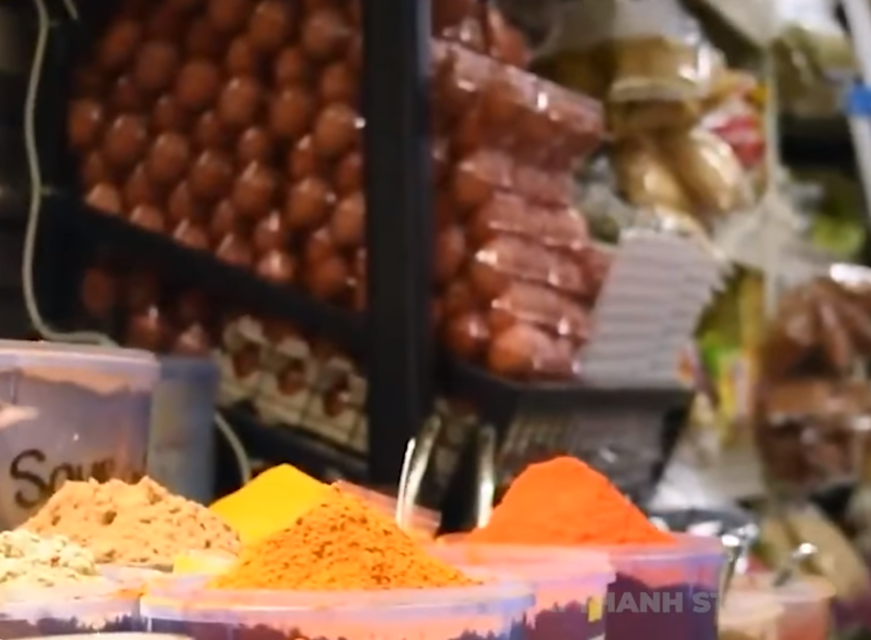
Because this country is known as the land of spices. No country in the world produces as many spices as India, but before talking about spices, it must be known that common ingredients in Indian cuisine such as potatoes, tomatoes, and chili peppers do not originate from India. They were brought to India by the Portuguese. Not only that, the Portuguese also brought refined sugar to India. Previously, fruits and honey were used as sweeteners in Indian cuisine. Even turmeric does not have its origins in India as it was brought by merchants from Greece, Arabia, and Rome.
Why is Indian food mainly in a puree form
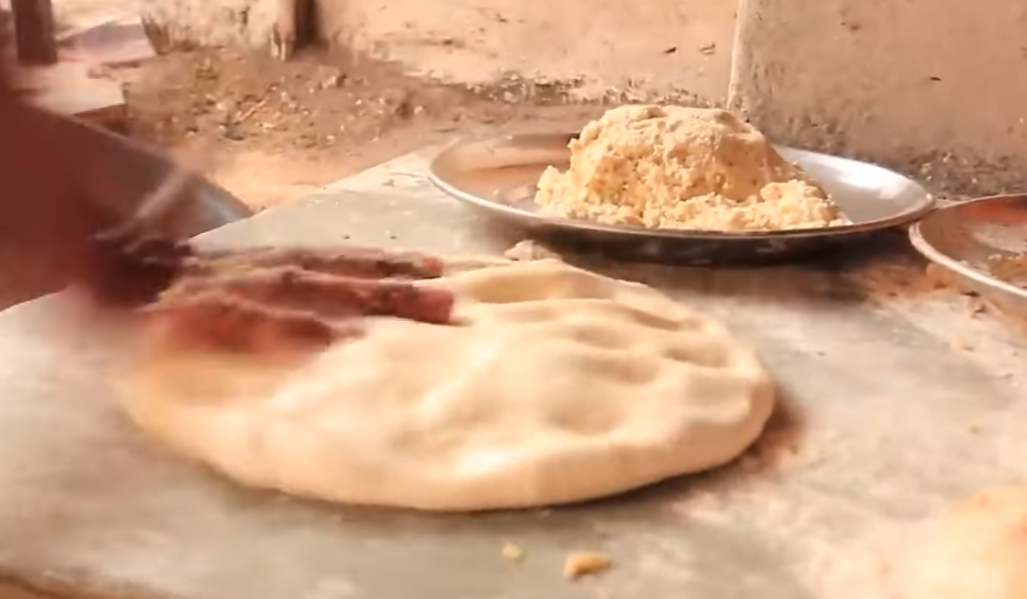
If you often watch videos about Indian cuisine, you will see that Indian food is mainly in a puree form, mashed, finely chopped, or minced because they believe that eating this way will taste better. Is there any other reason? Pureed food clearly has a soft and easy-to-chew texture, providing a unique flavor experience. Therefore, Indians like to eat food in this puree form. Sometimes grinding these ingredients into a paste is not only to enhance the flavor of the food but also believed to help the body absorb nutrients more easily. In the Indian diet, grinding ingredients into a paste is also a common cooking method.
For example, Indian curry or soup is made by grinding spices and vegetables into a puree, then adding other ingredients to cook. In addition, the eating habits of Indians also have a certain impact on the puree texture of the food, because in India many people eat with their fingers to better feel the taste and aroma of the food, and pureed food makes it easier to eat directly with their hands.
Why do Indians eat directly with their hands?
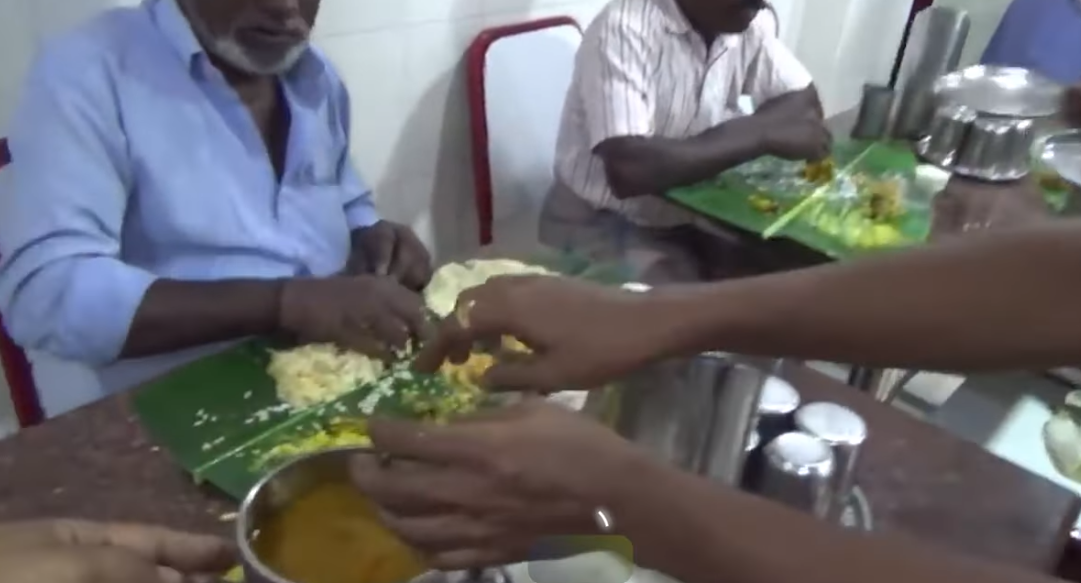
Because they are influenced by Buddhism, Islam, as well as Hinduism, they believe that food is a gift from the supreme being and must be accepted with bare hands to show their gratitude. Therefore, eating directly with hands is considered a typical rule in Indian dining culture. Specifically, before sitting down to eat, they must wash their hands thoroughly to ensure hygiene and show respect to those eating together. Then, they use their right hand to pick up food and absolutely do not hold food with their left hand, as the left hand represents evil, bad, and dirtiness. The right hand is the right, the holy, and the pure.
For foods that are too large to fit in the mouth at once, they will break them into smaller pieces instead of biting. When putting food in the mouth, they will bow their heads to avoid food falling out, and one taboo is not to lick their fingers because it is considered impolite. In addition, India, the country with the largest number of Hindus in the world, considers the cow a sacred animal, they highly respect and worship cows. Therefore, in India, there are never beef dishes, and Indians believe that eating beef is a sin against the gods, the sacred animals, and those who eat beef will be punished.
Why does Indian food have so many spices?
This is the spice superpower, Indians are very fond of spices, and in cooking, dishes must have various spices to be complete. India is known as the country that produces and consumes the largest variety of spices in the world. Common spices in India include mustard seeds, black pepper, cinnamon, cloves, turmeric, coriander,... Especially, one spice that has changed the world map, changed many things in the world, and even sparked wars, is black pepper.
India - The homeland of black pepper
Black pepper is known as the king of spices. Black pepper is one of the earliest traded items between the East and the West. In the Middle Ages, black pepper was even used as a form of currency and tax. Nowadays, black pepper may just be a common spice, but in the past, it was extremely valuable, even called black gold that only the wealthy had the opportunity to access. It is easy to imagine that without refrigerators, food preservation was very difficult, and spices would greatly enhance the flavor of food.
Black pepper is believed to originate from Kerala, a region in western India, and pepper in India is known as the king of spices. The importance of black pepper in Indian cuisine and medicine is immense, not only in the West. Although it is no longer the world's largest producer of black pepper, the climate in Kerala is still very suitable for the growth of pepper plants. There is a legend that when Europeans requested to bring a black pepper plant back, the Indian kings agreed to this request because they knew that without the climate in their country, the pepper plant would die in Europe.
The reputation of a chef depends on curry dishes
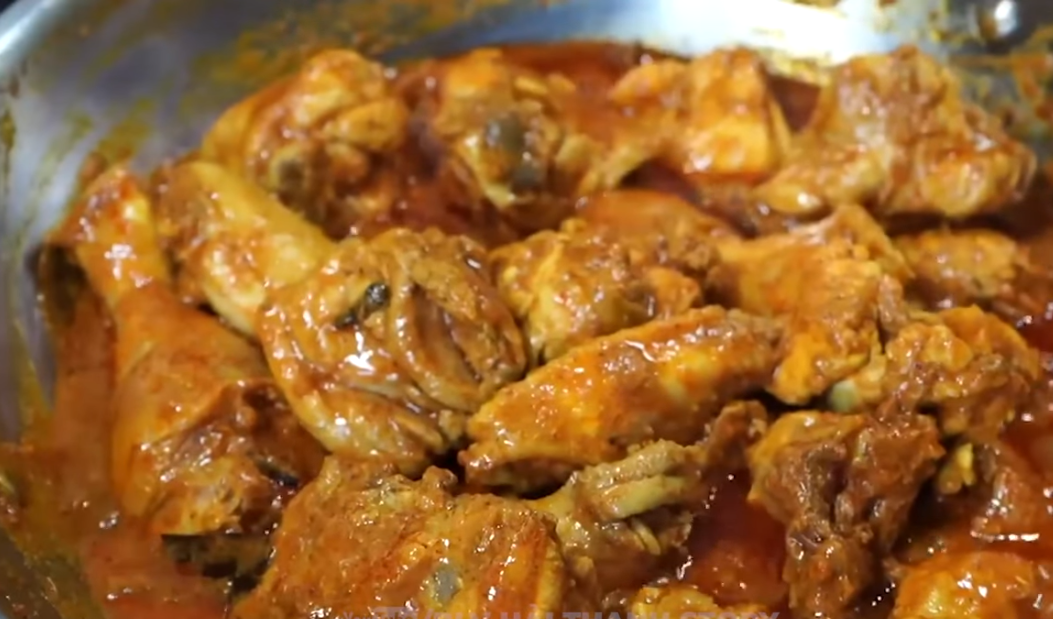
Indian dishes are famous for curry, and in India, it is believed that the reputation of a chef sometimes depends on the curry dish they create. In the West or in Vietnam, when we talk about curry, we often refer to curry powder, but in fine dining, it is not that kind of powder but a combination of spices prepared and measured according to each chef's recipe. And all chefs in India must know this. It depends a lot on the mixing and cooking method, and the tastier someone's curry dish is, the higher their culinary skills are. Coffee used to be a foreign concept to Indians. Coffee did not appear in India until the 16th century, so Indians tend to enjoy many different types of tea in various ways, and the British when they came to India were impressed by Indian tea and even Sri Lankan tea, and they brought tea to Europe.
Panipuri - the most popular street food
This is a popular street food in India and Bangladesh. Panipuri means "bread water" in the literal sense, there is very little information about its origins. Indians like to eat panipuri as a snack in the afternoon or evening, like a snack in the evening. And the accompanying broth is made in over 20 ways, not only different in names but panipuri also has slight variations in recipes depending on each region. However, the common impression is still the round, thin, hollow bread shells that turn golden. Most of these bread shells are pre-made at home and then brought to the store, when serving, the seller uses their finger to poke a small hole in the bread. The bread is usually very thin, so just a light press of the finger will pierce the bread, when serving the bread to customers, they will fill the bread with filling through the small hole and then pour the sauce in.
